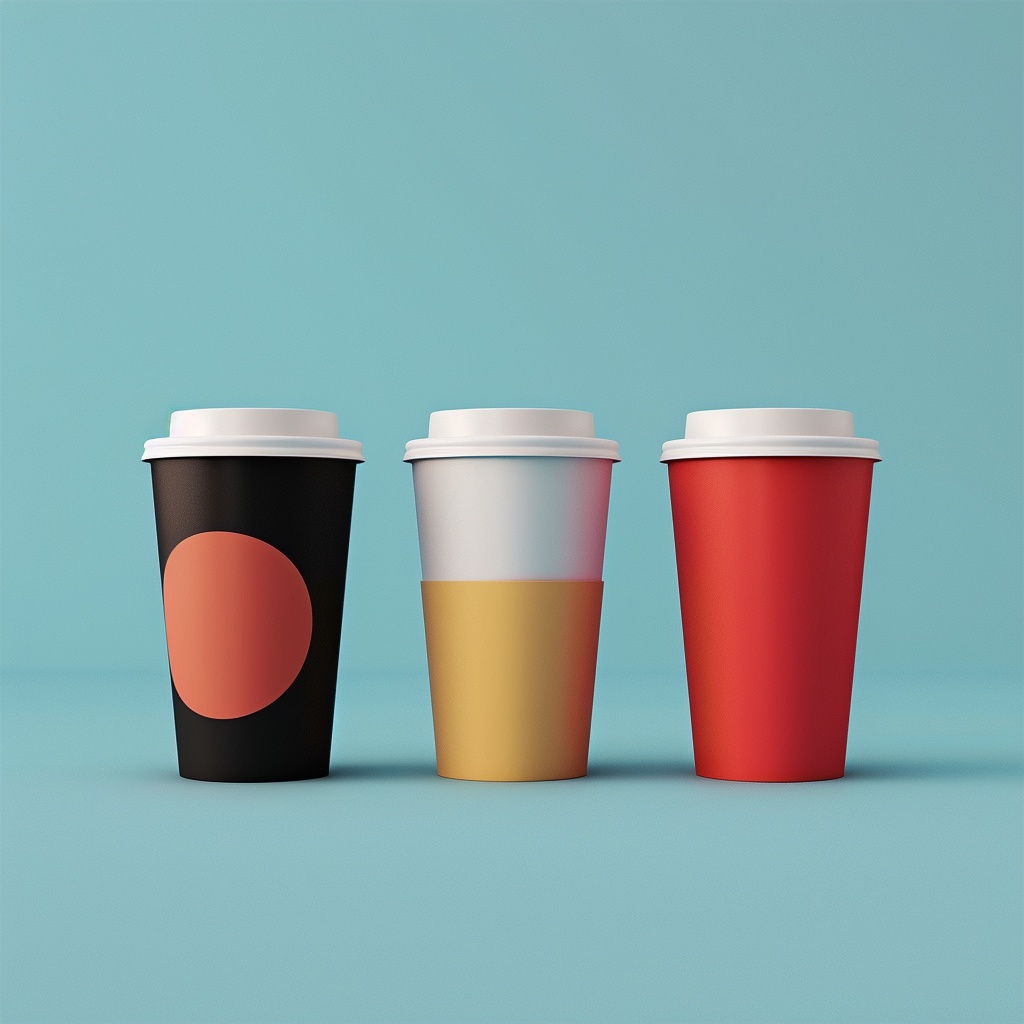Brand Loyalty or Brand Inertia?

by Tony Nunan
One of the most seductive and, in some ways, dangerous concepts in consumer marketing is brand loyalty. It’s a phrase we’ve all used and, presumably think we understand, but what do we really mean by it? According to the 2024 European Consumer Trends Index from Marigold Engage, brand loyalty is on the rise. But can individuals really be loyal to a thing, especially something as relatively valueless and replaceable as a loaf of white bread, a tin of beer, or a roll of toilet tissue?
So, is brand loyalty a metaphor; a shorthand way of alluding to a more complex cluster of factors? Maybe, but if so, what are these factors? What are we actually talking about? Because, if we don’t really know what we’re talking about, how can we know how to build it, leverage it, or even if we can rely on it? This slipperiness is one reason why the notion of brand loyalty can be dangerous.
Preference isn’t Loyalty
Preference is clearly an important constituent of brand loyalty. If, when given a choice, unencumbered by considerations of value, consumers consistently opt for Brand A rather than Brand B, then Brand A is, clearly, preferred. This is something we can measure and track. But preference can’t be enough. Surely brand loyalty suggests the brand enjoys some fundamental emotional connection with its consumers that will enable it to withstand aggression? Real life experience suggests this is rare, at least in grocery.
Since first becoming involved in researching shopper behaviour, back in 1999, we’ve been asked to report on decision trees for brands across myriad categories, channels, retailers and countries. There are very few examples of brands where shoppers’ natural preference is not disrupted by a competitor’s promotional activity. This is self-evident. Otherwise, why invest in promotions? But this is also the acid test of loyalty – and, invariably, loyalty can be bought.
The rise of Private Label also asks serious questions about brand loyalty. Discounters like Aldi and Lidl have grown exponentially with a strategy based on their own brands. At the same time, sales of Private Label across Europe reached an all-time-high of €340 billion in 2023, accounting for 54% of all growth through Grocery outlets (Neilsen IQ / PLMA).
Byron Sharp has much to say about Brand Loyalty that is helpful. His observations may be summarised into 3 key observations:
Firstly, he urges caution approach, observing that whilst brand loyalty exists, it is spread pretty thinly across many brands, and warns that “Marketers always exaggerate brand loyalty”.
Secondly, he extolls the value of brands in supporting habitual behaviour:
“Brands allow for routines… Such habits make buying easier – automatic even.”
Here, Sharp’s take on loyalty suggests it is a much less proactive quality than most marketers might hope, being more about habit than intention. In this respect, Brand Inertia might be a more accurate description than Brand Loyalty.
Lastly, and more helpfully, Sharp advises that a key strategy to support habitual purchasing is to make brands easily recognisable at POP:
“Rather than striving for meaningful, perceived differentiation, marketers should seek meaningless distinctiveness.”
This last point neatly associates brand loyalty with brand design. The simple fact is you can’t achieve brand loyalty without brand recognition. If we focus on facilitating brand recognition at all touchpoints along the path to purchase, especially in store, we can activate whatever propensity to purchase -aka loyalty – is actually invested in our brand.
Shopping is driven by learnt behaviour. We buy today what we bought yesterday and the day before, until someone gives us a good reason to change. If we replace the concept of Brand Loyalty with the less proactive but more accurate Brand Inertia, and place greater emphasis on visibility rather than creativity, we might find we generate more traction from limited budgets.
Hi, this is a comment.
To get started with moderating, editing, and deleting comments, please visit the Comments screen in the dashboard.
Commenter avatars come from Gravatar.